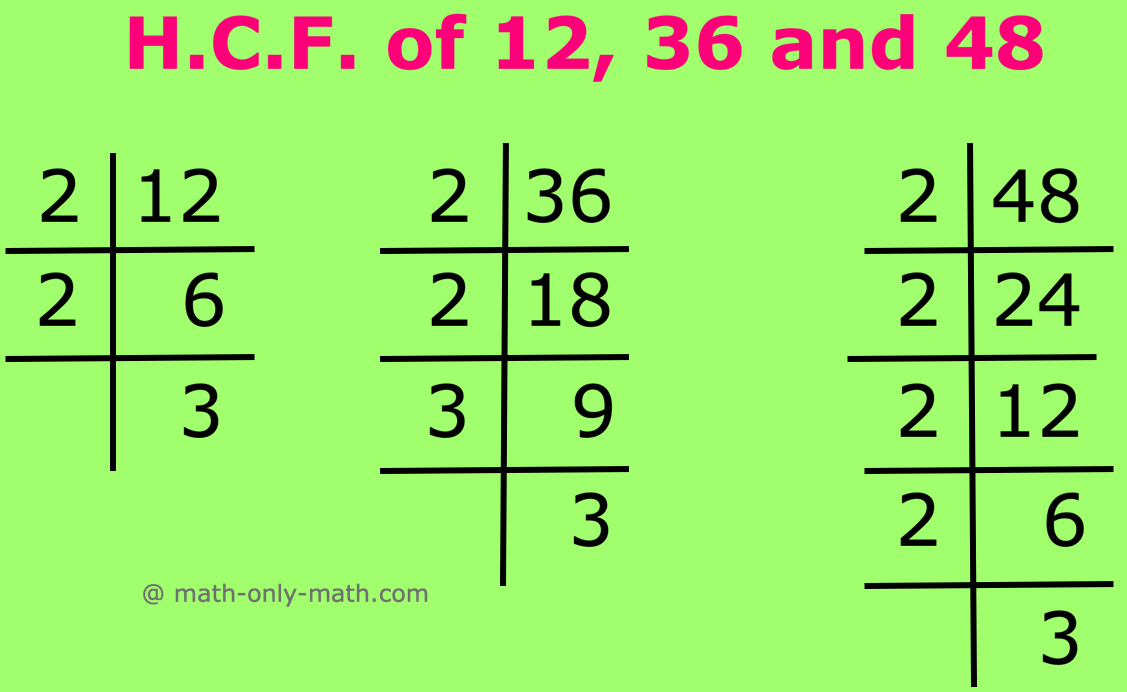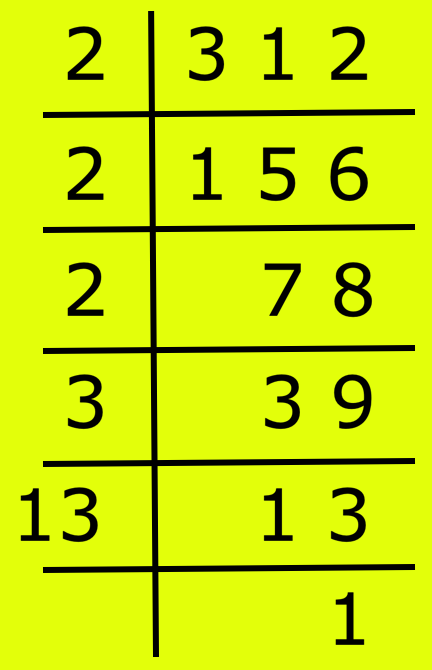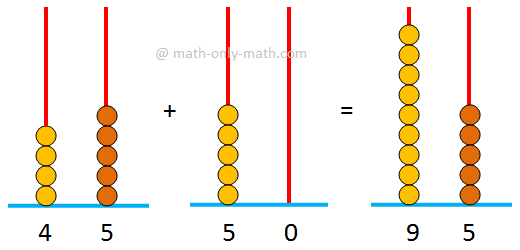Relation between Roots and Coefficients of a Quadratic Equation
We will learn how to find the relation between roots and coefficients of a quadratic equation.
Let us take the quadratic equation of the general form ax^2 + bx + c = 0 where a (≠ 0) is the coefficient of x^2, b the coefficient of x and c, the constant term.
Let α and β be the roots of the equation ax^2 + bx + c = 0
Now we are going to find the relations of α and β with a, b and c.
Now ax^2 + bx + c = 0
Multiplication both sides by 4a (a ≠ 0) we get
4a^2x^2 + 4abx + 4ac = 0
(2ax)^2 + 2 * 2ax * b + b^2 – b^2 + 4ac = 0
(2ax + b)^2 = b^2 - 4ac
2ax + b = ± √b2−4ac
x = −b±√b2−4ac2a
Therefore, the roots of (i) are −b±√b2−4ac2a
Let α = −b+√b2−4ac2a and β = −b−√b2−4ac2a
Therefore,
α + β = −b+√b2−4ac2a + −b−√b2−4ac2a
α + β = −2b2a
α + β = -ba
α + β = -coefficientofxcoefficientofx2
Again, αβ = −b+√b2−4ac2a × −b−√b2−4ac2a
αβ = (−b)2−(√b2−4ac)24a2
αβ = b2−(b2−4ac)4a2
αβ = 4ac4a2
αβ = ca
αβ = constanttermcoefficientofx2
Therefore, α + β = -coefficientofxcoefficientofx2 and αβ = constanttermcoefficientofx2 represent the required relations between roots (i.e., α and β) and coefficients (i.e., a, b and c) of equation ax^2 + bx + c = 0.
For example, if the roots of the equation 7x^2 - 4x - 8 = 0 be α and β, then
Sum of the roots = α + β = -coefficientofxcoefficientofx2 = -−47 = 47.
and
the product of the roots = αβ = constanttermcoefficientofx2 = −87 = -87.
Solved examples to find the relation between roots and coefficients of a quadratic equation:
Without solving the equation 5x^2 - 3x + 10 = 0, find the sum and the product of the roots.
Solution:
Let α and β be the roots of the given equation.
Then,
α + β = -−35 = 35 and
αβ = 105 = 2
To find the conditions when roots are connected by given relations
Sometimes the relation between roots of a quadratic equation is given and we are asked to find the condition i.e., relation between the coefficients a, b and c of quadratic equation. This is easily done using the formula α + β = -ba and αβ = ca. This will clear when you go through illustrative examples.
1. If α and β are the roots of the equation x^2 - 4x + 2 = 0, find the value of
(i) α^2 + β^2
(ii) α^2 - β^2
(iii) α^3 + β^3
(iv 1α + 1β
Solution:
The given equation is x^2 - 4x + 2 = 0 ...................... (i)
According to the problem, α and β are the roots of the equation (i)
Therefore,
α + β = -ba = -−41 = 4
and αβ = ca = 21 = 2
(i) Now α^2 + β^2 = (α + β)^2 - 2αβ = (4)^2 – 2 * 2 = 16 – 4 = 12.
(ii) α^2 - β^2 = (α + β)( α - β)
Now (α - β)^2 = (α + β)^2 - 4αβ = (4)^2 – 4 * 2 = 16 – 8 = 8
⇒ α - β = ± √8
⇒ α - β = ± 2√2
Therefore, α^2 - β^2 = (α + β)( α - β) = 4 * (± 2√2) = ± 8√2.
(iii) α^3 + β^3 = (α + β)^3 - 3αβ(α + β) = (4)^3 – 3 * 2 * 4 = 64 – 24 = 40.
(iv) 1α + 1β = α+βαβ = 42 = 2.
11 and 12 Grade Math
From Relation between Roots and Coefficients of a Quadratic Equation to HOME PAGE
Didn't find what you were looking for? Or want to know more information about Math Only Math. Use this Google Search to find what you need.
Recent Articles
-
5th Grade Highest Common Factor | HCF | GCD|Prime Factorization Method
Mar 24, 25 03:40 PM
The highest common factor (H.C.F.) of two or more numbers is the highest or greatest common number or divisor which divides each given number exactly. Hence, it is also called Greatest Common Divisor… -
5th Grade Factors and Multiples | Definitions | Solved Examples | Math
Mar 23, 25 02:39 PM
Here we will discuss how factors and multiples are related to each other in math. A factor of a number is a divisor which divides the dividend exactly. A factor of a number which is a prime number is… -
Adding 2-Digit Numbers | Add Two Two-Digit Numbers without Carrying
Mar 23, 25 12:43 PM
Here we will learn adding 2-digit numbers without regrouping and start working with easy numbers to get acquainted with the addition of two numbers. -
Worksheet on 12 Times Table | Printable Multiplication Table | Video
Mar 23, 25 10:28 AM
Worksheet on 12 times table can be printed out. Homeschoolers can also use these multiplication table sheets to practice at home. -
Vertical Subtraction | Examples | Word Problems| Video |Column Method
Mar 22, 25 05:20 PM
Vertical subtraction of 1-digit number are done by arranging the numbers column wise i.e., one number under the other number. How to subtract 1-digit number vertically?






New! Comments
Have your say about what you just read! Leave me a comment in the box below. Ask a Question or Answer a Question.